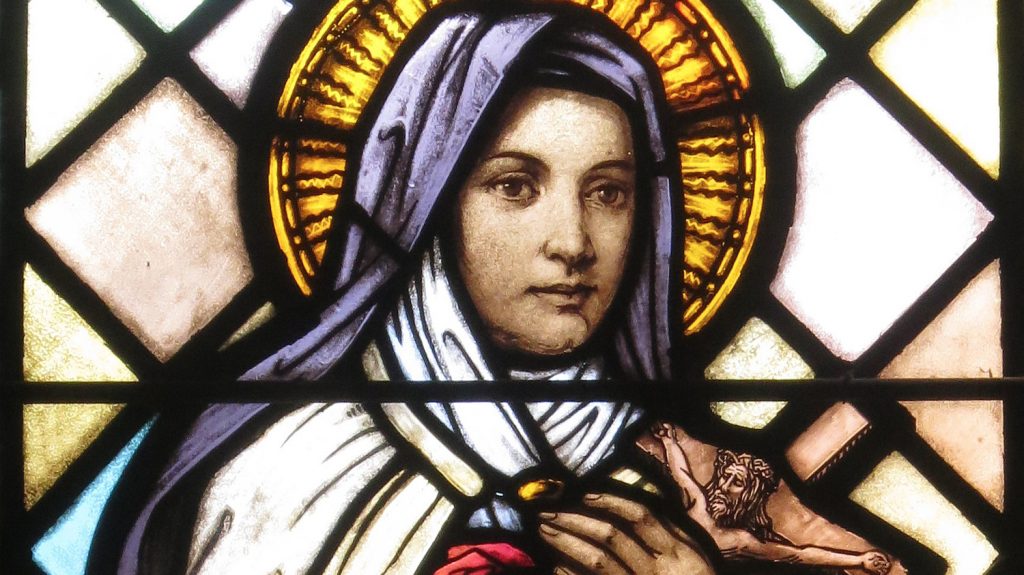St Thérèse of Lisieux (above) was fast-tracked to sainthood today in 1925, just 28 years after her death. She entered a Carmelite nunnery at the age of 15, and her autobiography, Story of a Soul, revealed a girl so devoted all her life to separation from the world that the nunnery received 1,000 letters a day demanding her canonization. She is the patron saint of aviators and florists, but also of illness, which is in itself a huge portfolio.
Early this morning in 1827, James Raine, the Librarian at Durham Cathedral, broke open the tomb of St Cuthbert behind the high altar, with the help of the Sub-dean, a Prebendary, the Virger, and a gang of stonemasons and labourers. The hour was chosen so they would not be disturbed, as permission had not been sought for this unceremonious invasion of Cuthbert’s resting place. The grave had last been opened in 1542, and Raine’s motive was to disprove the belief of ‘papists’ that the body of Cuthbert was incorrupt.
‘My reader must now conceive, stretched at length before him, the skeleton of St. Cuthbert; the bones of which, although disjointed and detached from each other, were yet all of them perfectly whole, and in their proper places, with the exception of the fingers and feet bones, which were in a state of confusion… The right arm was elevated in benediction…’ James Raine, Saint Cuthbert
Julius Wellhausen, the German biblical scholar whose J, E, D and P hypothesis struck terror into generations of theological students, was born today in 1844. Wellhausen overturned the traditional idea that Moses wrote the Bible’s first five books, saying they were actually penned by a lot of different people, and then edited, centuries after Moses, to become the books we now know as Genesis, Exodus, Leviticus, Numbers and Deuteronomy.
Today in the year 884, Hadrian III became Pope. He devoted his one year as Vicar of Christ to bloody vengeance on friends of the previous Pope, in one instance whipping a naked widow through the streets of Rome. He also took time out to write a letter to the Christians of Spain telling them off for being too nice to the Spanish Jews. He ‘died suddenly’ on a journey to Germany. Surprisingly, he was canonised 1,000 years later, in 1891.
Image: Nheyob
